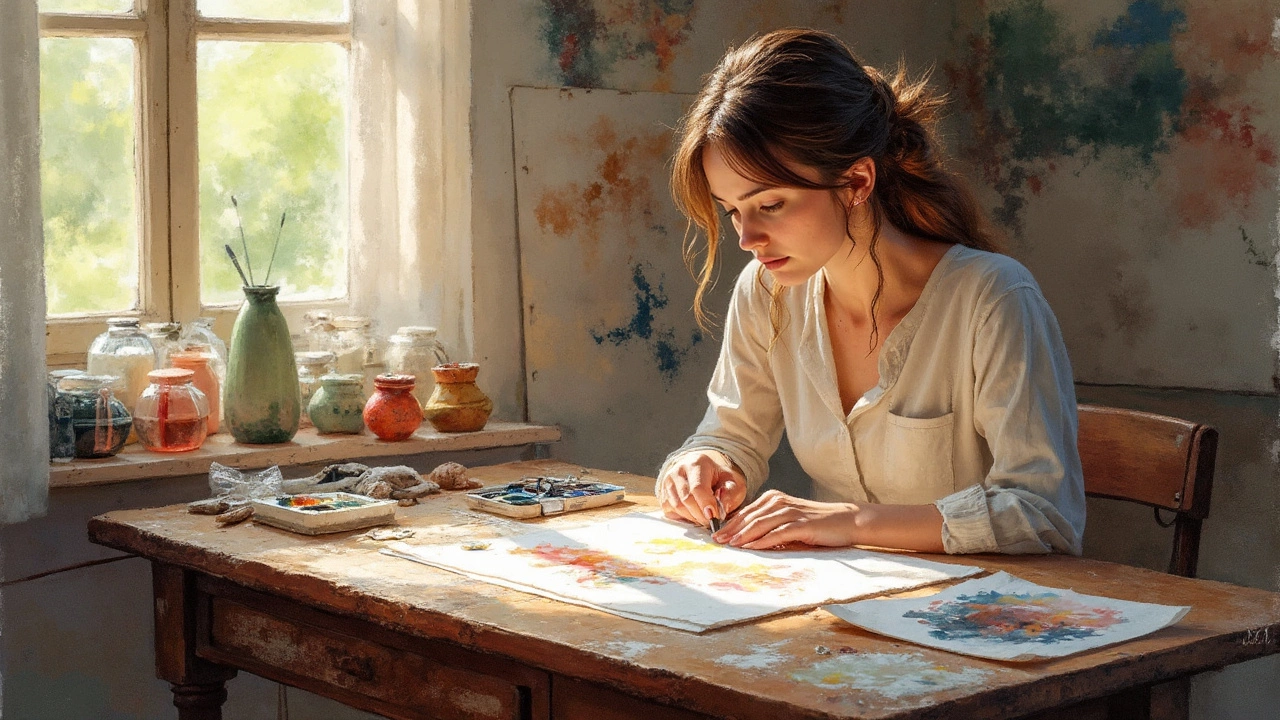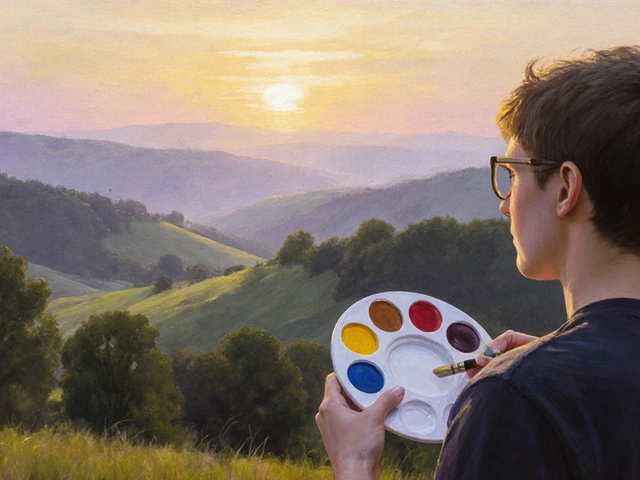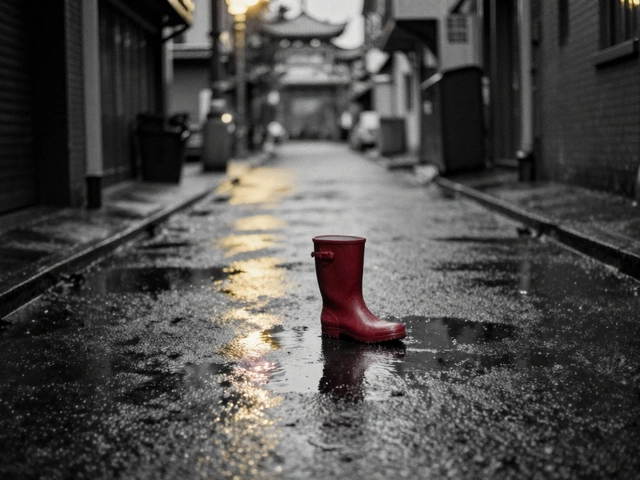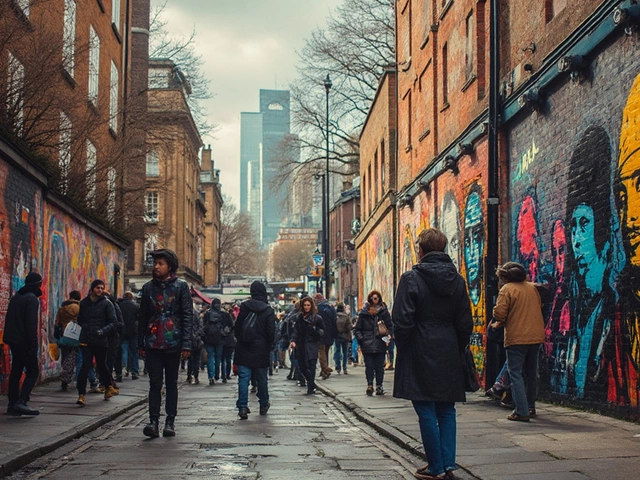Watercolor Painting Tips for Better Results
When working with watercolor painting, a medium that mixes water‑soluble pigments with paper to create transparent layers. Also known as watercolor, it lets artists capture light and mood in a way few other media can.
One of the first things to master is brush techniques, the way you load, angle, and move the brush to control flow and texture. Good brush work lets you build washes, create sharp lines, or suggest texture without overworking the paper. Pair that with the right paper types, heavy‑weight, acid‑free sheets that absorb water evenly and prevent buckling. The paper you choose influences how pigments spread and dry, shaping the final look of your piece. Finally, understanding color mixing, the process of blending pigments to achieve desired hues while maintaining watercolor’s natural transparency, is key to creating depth without muddying colors.
Why These Elements Matter
Watercolor painting encompasses brush techniques, paper types, and color mixing, forming a triangle of skills that each supports the others. Good brush control requires a surface that reacts predictably, so choosing the right paper is essential. Likewise, the way pigments behave on paper depends on how much water you use, which is directly linked to brush loading. When you nail these basics, you’ll notice faster drying times become an asset rather than a hurdle, and you can experiment with wet‑on‑wet or dry‑brush effects confidently. watercolor painting tips are not just about theory; they’re practical steps you can apply on your next sketchbook session.
Below you’ll find a curated collection of articles that dive deeper into each of these topics. Whether you’re looking for quick fixes, detailed tutorials, or inspiration from seasoned artists, the posts cover everything from handling stubborn paint to choosing the perfect palette. Browse the list and pick the advice that matches where you are in your watercolor journey.

Soaking watercolor paper before painting prevents warping and improves paint control-especially on lighter 140 gsm paper. Learn when it’s necessary, how to do it right, and what alternatives work better.

Watercolor painting is beautiful, but it's not the easiest medium to control. This article breaks down the main weaknesses of watercolor and why artists still love it despite these challenges. You'll get practical tips to handle common problems like unpredictability, fading, and paper damage. There's also advice on how to work around these limitations. If you've ever struggled with watercolor, you'll find helpful answers here.





